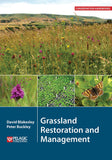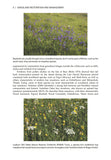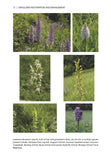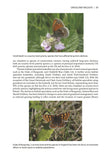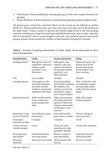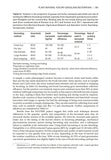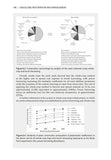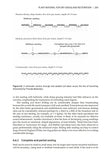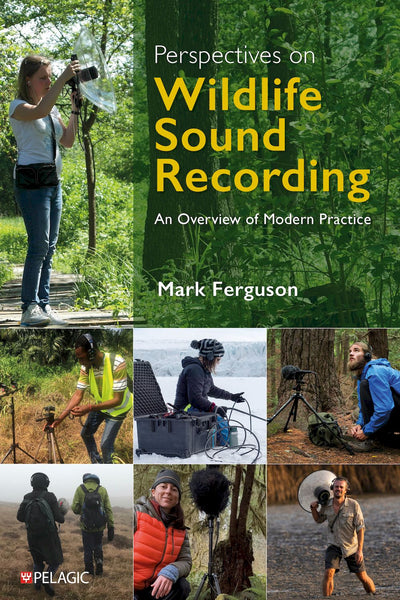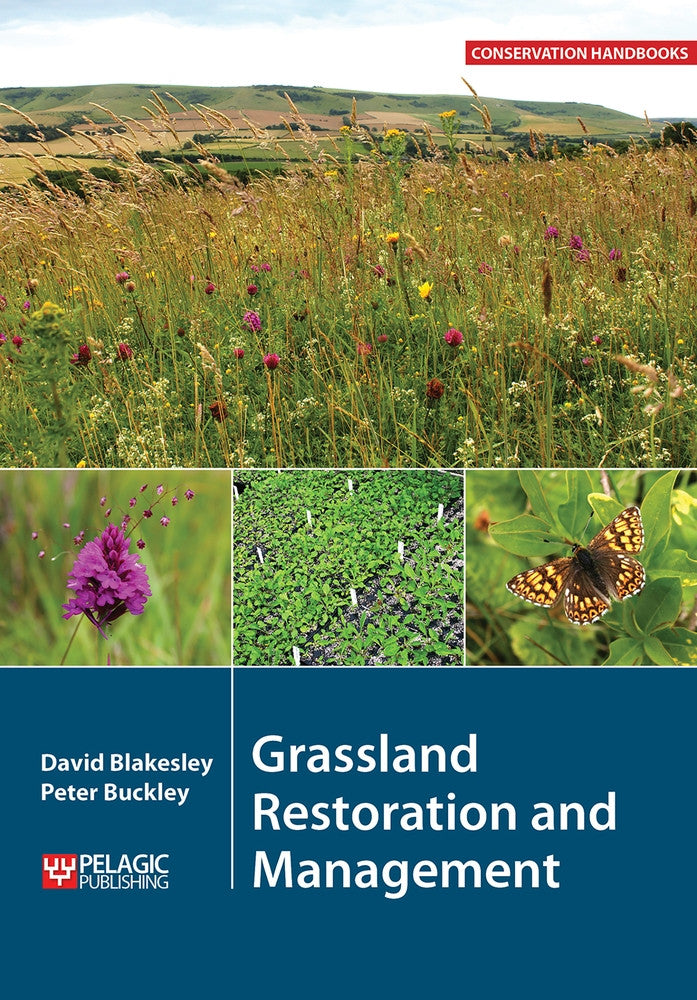
Grassland Restoration and Management
- Designed for those involved in the conservation and management of grasslands in the UK
- Stresses the importance of grasslands for both grazing animals and other organisms
- Lavishly illustrated with coloured photographs of organisms, grassland types and management operations
- This is surely destined to be the major reference work on grasslands for conservation practitioners in the UK
—David Hawksworth, Biodiversity and Conservation
- conservation
- ecology
- grass
- grassland
- habitat
- habitat management
- management
- restoration
Description
Following the destruction of 95% of meadows during the twentieth century, there is an urgent need to understand what little unspoiled habitat remains in order to plan the management and restoration of existing sites, as well as re-creating future grassland habitats. This book is a much-needed guide to grassland restoration and management.
Providing a thorough overview of recent research on grassland restoration and its implications for practical grassland restoration and management, it introduces grassland communities and the wildlife they support, including examples of species of conservation concern, and considers the management of semi-natural grassland habitats with particular emphasis on drier grassland habitats.
Chapters cover:
- Grassland character and communities
- Introduction to grassland wildlife
- Managing semi-natural grassland
- Grassland restoration – threats and challenges
- Opportunities in grassland restoration
- Plant material for grassland restoration
- Defining success in grassland restoration.
A variety of management techniques are examined, including soil amendment, cultivation, harvesting and maintenance in creating suitable conditions for the successful restoration of species-rich grasslands.
It is essential reading for conservationists, site owners or managers, practitioners, conservation organizations and students of ecological restoration with an interest in the creation of new grassland habitats, the restoration of semi-natural grassland, as well as the continuing management of semi-natural (unimproved) grassland communities.
Readership
Conservationists, site owners or managers, practitioners, conservation organizations, students of ecological restorationTable of Contents
1. Grassland character and communities
2. Grassland wildlife
3. Semi-natural dry grassland management
4. Grassland restoration: threats and challenges
5. Opportunities in grassland restoration
6. Plant material for dry grassland restoration
7. Defining success in grassland restoration
References
Species Index
Subject Index
Reviews
- The book is pioneering in many ways, as it provides a comprehensive overview of the conservation status, threats and nature conservation and restoration perspectives of dry grasslands in the United Kingdom. There is an urgent need for such books on grassland restoration and management in many regions. This publication is a nice example to follow, and hopefully similar syntheses will be published in other countries as well… To sum up, this is a comprehensive and practice‐oriented book, which can be recommended for conservationists, site managers and also for scientists who are concerned with the conservation and restoration of grassland habitats. —Orsolya Valko, Bulletin of the Eurasian Dry Grassland Group
- This new book is well formatted and there are ample photos and tables to complement the text. The authors successfully pull together the latest research and a wealth of practical advice on the ways to preserve, restore and create natural grasslands. Various management and restoration techniques such as soil amendment, reseeding and harvesting are all comprehensively covered. As are the threats and challenges of conserving this declining habitat, along with remedial measures available to land managers. Other chapters provide detailed information about the different grassland communities and their associated wildlife. My one minor criticism is that there could have been more emphasis on wet grassland communities, which are hardly mentioned. Despite this I am certain this latest edition in the Conservation Handbook series will be essential reading for land managers and site owners alike. —Chris Gregory, BTO About Birds
- I was pleased to see the importance of grasslands for other organisms emphasised, with valuable synopses of associated invertebrates of concern, including butterflies, birds, mammals, reptiles, and fungi (even saprobes and pathogens). ... The whole is lavishly illustrated with coloured photographs, both of organisms, grassland types, and management operations. The authors are both experienced ecological consultants, and this is reflected in a welcome hands-on approach throughout. This is surely destined to be the major reference work on grasslands for conservation practitioners in the UK, and merits a wide distribution amongst county Naturalists’ Trusts, local authority ecologists, and those responsible for the management of grassland SSSI’s. —David L. Hawksworth, Biodiversity and Conservation
- Overall, Grassland Restoration and Management is especially useful for European grassland practitioners and the assessment of grazing effects, seeding methods, and nutrient management approaches would be easily transferable for those managing grasslands elsewhere in the world.—Kathryn Yurkonis, Landscape Ecology
- This is a must-read book for everyone involved in projects involving the management and restoration of grasslands, as this is the core driver and motivation of this compilation. This book will certainly be a great help in improving assessments and planning, and in solving real-world problems and setbacks inherently associated with these types of projects. —Pedro Aragón, Journal for Nature Conservation
- Blakesley and Buckley’s book provides great support to the practical implementation of grassland restoration and grassland management. Although the book focuses strongly on the United Kingdom, there are links to restoration activities applied in other parts of Europe. The management and restoration techniques discussed can be used outside the United Kingdom very well, not only as they apply to site management and restoration but also in education. —Peter Török, Policy and Practice in Restoration
About the Author
David Blakesley is an ecological practitioner, with experience in habitat restoration, project development and ecological surveys. He set up Wildlife Landscapes, an independent ecological consultancy in 2004. Since then he has undertaken projects in partnership with conservation organisations including the RSPB, Royal Botanic Gardens Kew, Woodland Trust and the Forestry Commission. He is a Chartered Environmentalist and a member of the Chartered Institute of Ecology and Environmental Management, and a co-author of numerous publications relating to woodland creation, woodland management and tropical forest restoration.
Peter Buckley is an ecologist, forester and botanist, specialising in ecological restoration and its application to wildlife conservation, biodiversity and development. He set up his own ecological consultancy in 2007 and is currently affiliated to the Centre for Development, Environment and Policy at the School of African and Oriental Studies, University of London, and is also Visiting Lecturer at the Universities of Greenwich and Birkbeck College, London. Dr Buckley is a founder member of the Chartered Institute of Ecology and Environmental Management and a long-standing member of the British Ecological Society. He is joint author of numerous publications relating to woodland creation and ecological restoration.
Bibliographic Information
 288 pages
288 pages - 152 colour photographs, 22 figures
- 36 tables
- BISAC NAT045020, NAT011000, NAT010000
- BIC RGBC, RNF, RNKH






